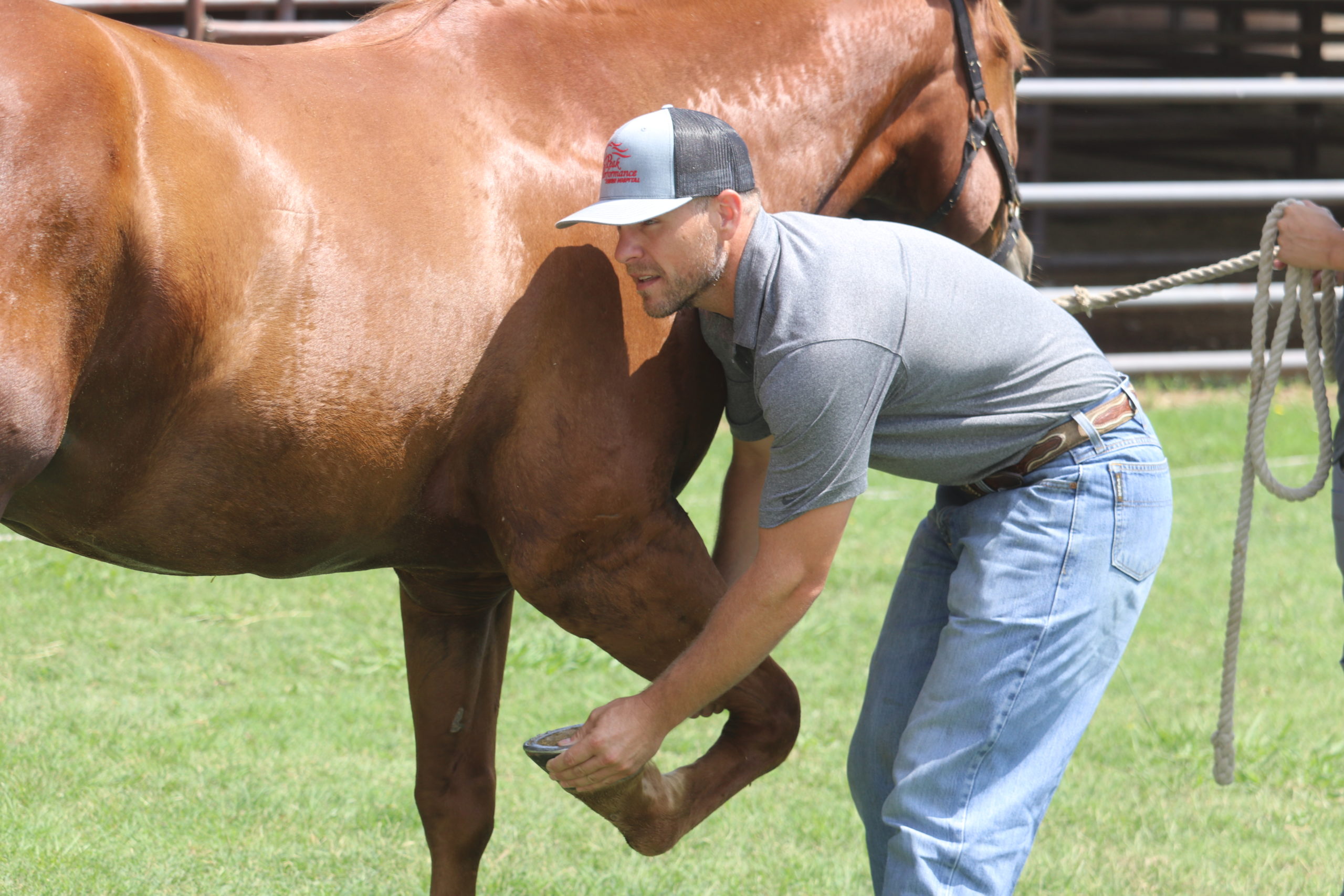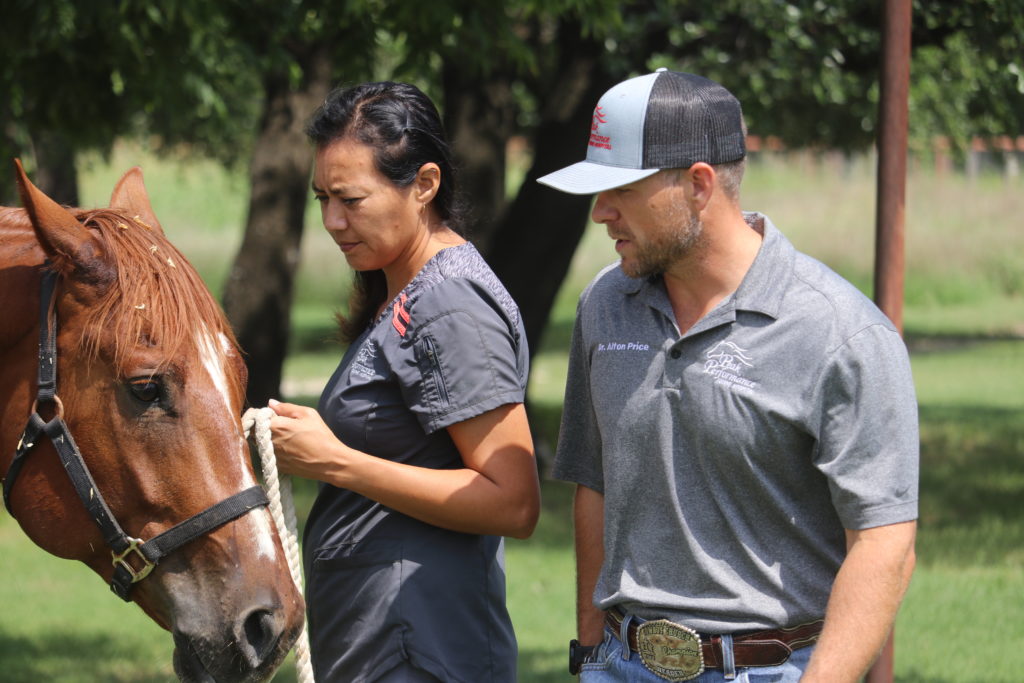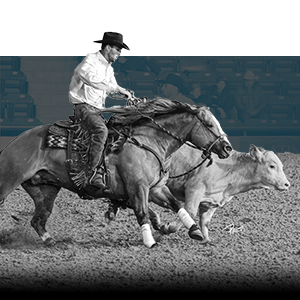
Recognizing and Treating Hoof Abscesses
by Dr. Alton Price DVM Practicing Partner Peak Performance Equine Hospital - Published 7/10/2020
Dr. Alton Price is a highly knowledgeable veterinarian and horseman located in Granbury, Texas.
One of the most common questions equine veterinarians get asked is why horses get foot abscesses. Today we are going discuss what causes foot abscess in horses and how you can treat them.
It is inevitable as a horse owner that you will deal with a hoof abscess; so it important to recognize signs and symptoms that the horse will exhibit. Most owners are unaware of any change in daily activities or condition changes that may have caused the abscess. It is common as an owner to go to bed with your horse being sound only to wake up the next morning to find the horse holding its foot in the air. The first time this happens to an owner it can generate panic within the household due to the concern that the best horse in the barn may have a broken leg. While a fracture is definitely something that could be causing the lameness, most commonly it is a foot abscess.

The majority of equine foot abscesses start as bacteria entering the interior hoof structures. Most commonly bacteria enter through the junction of the sole and wall, called the “white line”. Anything that disrupts the normal wall to sole hoof junction can lead to hoof abscessation.
For example, deep bruising to the sole area could result in disruption of blood flow which can lead to a sterile abscess within the foot. A second cause could be a penetrating wound such as the horse stepping on a nail or foreign object, which disrupts sole integrity and allows bacteria invasion within the foot.
Other causes include environmental changes from wet to dry conditions that create cracks within the hoof that allow bacteria to migrate and cause an abscess to form. Poor conformation or hoof imbalance can lend itself to creating opportunity for bacterial migration into the foot as well. In some instances, management of stall conditions and/or improper farrier work can predispose the horse to a foot abscess. In many cases, the underlying cause is not found, meaning that the majority of the time that simply owning a horse predisposes you as an owner to dealing with foot abscesses.
Going back to our original question of what causes foot abscess in horses: there is unfortunately not one definite answer. There are many potential situations that can lead to an increased risk of abscessation in the horse’s foot. The causes are numerous, and a clearly defined answer is usually never found.
Once the source of the pain has been located with hoof testers, debriding the area carefully with a hoof knife is done to expose the abscess. As discussed earlier, most abscesses will occur at the junction of the sole and the wall. In some cases, adequate drainage after careful debridement and a simple bandage is the only treatment necessary for these horses to return to a comfortable disposition.
Treatment of abscesses that are unable to be exposed through the bottom of the foot require more intense management practices. The affected foot will potentially need to be soaked and bandaged with poultice material for several days.
It is important to manage the horse’s pain if the abscess is causing a non-weight bearing lameness. A complication of non-weight bearing lameness could be contra lateral limb laminitis. Severe abscesses can last for several days and rupture out of the coronary band; this is called a gravel. Once rupture has taken place and the infection is under control, horses typically
will become sound rapidly. In rare cases with deeper abscesses that include bone or soft tissue structures, horses may need hospitalization and systemic antibiotics in order to return to a healthy state.
Fortunately, the majority of foot abscesses do not cause long term lameness to the horse. Many will resolve in a matter of a few days. As horse owners it is imperative to recognize signs of lameness in order to quickly address the issue in the horse. Early recognition is critical, as well as addressing foot problems such as imbalance or excessive hoof cracking that could increase the chances of an abscess forming. Even with diligent care many owners will find themselves dealing with a foot abscess due to the simple factor of owning a horse.
Clinical signs of foot abscesses could include mild, moderate or severe symptoms. Mild signs can start as heat or swelling above the foot in the pastern area with minimal lameness noticed by the owner. More severe signs can include both heat and swelling, but also severe lameness, where the horse is reluctant to walk on one limb.
As an owner, if you are unsure of the cause of the lameness, it is important to call your veterinarian. Your veterinarian will examine the horse and try to determine the source of the lameness. They will apply pressure to the bottom of the foot with hoof testers to determine the location of the pain within the foot.

Try horsepro with a 7 day free trial.
memberships start at $25/month. cancel any time.
Our member exclusive content includes raw, unedited training videos from young horse specialists and competitors at the top of their field as well as family friendly entertainment series.









